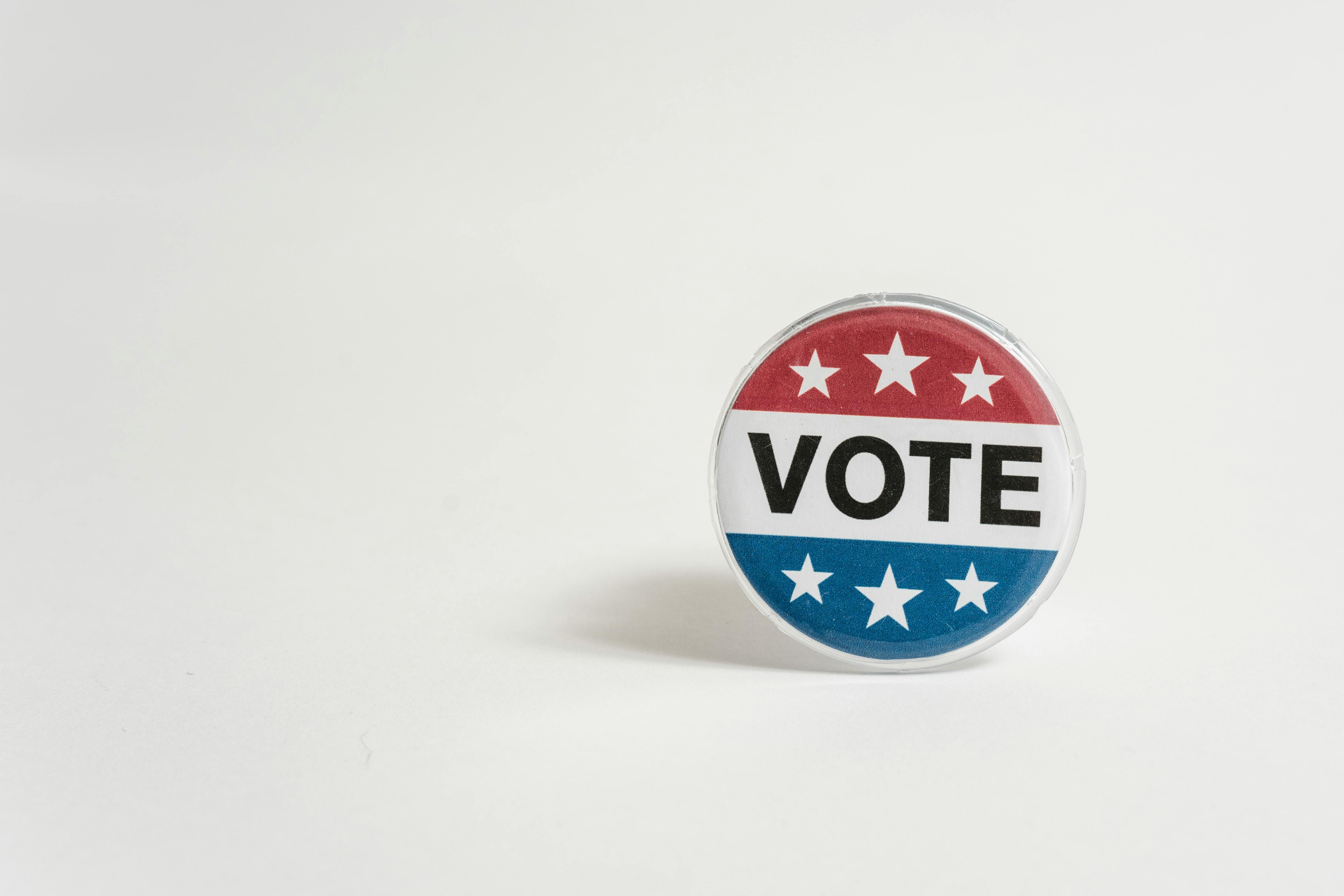In an era where smartphones are essential tools for navigation, communication, and safety, a decision by the world’s most powerful tech companies has ignited a firestorm at the intersection of immigration, surveillance, and free speech.
- The Apps at the Heart of the Storm: Tools for Transparency or Policy Violations?
- The “Chilling Effect”: Why This Decision Reaches Far Beyond a Few Apps
- 1. Silencing Community-Driven Defense
- 2. Setting a Dangerous Precedent for Public Information
- 3. The Power of Private Platforms Over Public Discourse
- The Counterargument: Protecting Officer Safety and Preventing Anarchy
- The Broader Context: Big Tech and Government Entanglement
- The Path Forward: Navigating a Digital Minefield
- Frequently Asked Question
- What exactly were these “ICE tracking” apps?
- Why did Apple and Google really remove them?
- What is the “chilling effect” that critics are warning about?
- Isn’t tracking law enforcement dangerous? What about officer safety?
- How is this different from apps like Waze that report police locations?
- Does this mean tech companies are siding with the government?
- What can be done now that these apps are banned from the major app stores?
- Conclusion
The move by Apple and Google to block apps that track ICE (U.S. Immigration and Customs Enforcement) is not merely a content moderation choice; it is a pivotal moment that raises profound questions about corporate power, public information, and the rights of vulnerable communities.
This crackdown, which saw apps like “Migra” and others removed from the App Store and Google Play, was justified by the companies as a violation of their policies against facilitating the tracking of law enforcement.
More Read: Amazon Closes 4 SoCal Fresh Grocery Stores
The Apps at the Heart of the Storm: Tools for Transparency or Policy Violations?
To understand the controversy, one must first examine the nature of the apps that were removed. These were not sophisticated spy tools; they were largely simple, crowdsourcing platforms designed to empower everyday citizens.
What Were These “ICE Tracking” Apps?
Apps like Migra, developed by a community activist, and others affiliated with organizations like Mijente, functioned similarly to Waze or other community-reporting tools.
Users could submit reports of ICE checkpoints, patrols, or raids in their area. This data was then aggregated onto a public map, providing a near-real-time picture of enforcement activity.
Their primary stated goals were:
-
Public Safety: To allow undocumented immigrants and their families to avoid areas with active ICE operations, thereby preventing detention and family separation.
-
Accountability: To document the scale and frequency of ICE activities, serving as a public record for journalists and researchers.
-
Community Alert: To function as a digital “neighborhood watch,” enabling rapid warning systems that traditional media could not provide.
The Tech Giants’ Justification: A Matter of Policy
The responses from Apple and Google were swift and pointed to clear-cut violations of their developer terms of service.
An Apple spokesperson typically references section 1.2 of its App Store Review Guidelines, which states: “Apps that contain, display, or access… location data to offer real-time or near-real-time route guidance must be submitted by a legal entity that provides the service and not by an individual developer.”
More broadly, both companies have policies prohibiting apps that facilitate the surveillance or tracking of law enforcement or individuals.
Google, in its statement, emphasized that its Google Play policies “do not permit apps that allow for the tracking or reporting of ICE raids.” The company framed this as a blanket rule applied neutrally to ensure user safety and prevent the misuse of its platforms for activities that could lead to harm.
On the surface, the enforcement action was a straightforward application of the rules. But as with most actions by tech duopolies, the reality is far more complex and politically charged.
The “Chilling Effect”: Why This Decision Reaches Far Beyond a Few Apps
The immediate consequence was the disappearance of specific applications. The long-term implication, however, is what critics ominously refer to as the “chilling effect”—a legal and sociological term for the discouragement of legitimate expression through the threat of punishment.
1. Silencing Community-Driven Defense
For immigrant communities, these apps were a form of digital self-defense. In the absence of reliable protection from local or federal authorities, they leveraged technology to create their own safety nets.
By removing these tools, Apple and Google are seen as actively dismantling a community-based response to perceived aggression.
“This is a blatant act of censorship that sides with a deportation force over vulnerable families,” stated a representative from Mijente. “It tells our community that our safety is not a priority for these trillion-dollar companies.”
2. Setting a Dangerous Precedent for Public Information
If crowdsourcing the location of ICE raids is banned, what about other forms of public surveillance tracking?
-
Can apps that track police brutality protests be removed?
-
Could tools used by journalists to document the movements of government officials be deemed a violation?
-
What about apps that report speed traps or DUI checkpoints—a common feature in navigation apps used by millions?
This decision creates a slippery slope. It establishes a precedent where tech companies become the arbiters of what constitutes “acceptable” monitoring of government authority. This centralizes immense power in the hands of a few unelected corporations.
3. The Power of Private Platforms Over Public Discourse
This incident highlights a fundamental tension in the modern digital public square: Apple and Google, as private companies, have the legal right to set rules for their platforms.
However, when those platforms (the App Store and Google Play) effectively function as a duopoly controlling nearly all mobile app distribution in the West, their private policies have the force of public law.
This raises critical questions:
-
Accountability: To whom are these companies accountable when their content moderation decisions have life-and-death consequences?
-
Transparency: How are these policies formulated, and who is in the room when they are made?
-
Neutrality: Are these rules applied consistently? The existence of numerous police-tracking and public-safety apps suggests the line is blurry and potentially politically influenced.
The Counterargument: Protecting Officer Safety and Preventing Anarchy
It is crucial to address the arguments in favor of the tech giants’ decision. The primary concern, often cited by law enforcement sympathizers and the companies themselves, is officer and public safety.
-
Endangering Law Enforcement: If the locations of ICE agents or police officers are broadcast in real-time, it could make them targets for violence or ambush.
-
Impeding Lawful Operations: These apps could allow criminals to evade legitimate law enforcement actions, not just immigration checks.
-
Inaccurate Information: Crowdsourced data is inherently unreliable. A false report could lead to panic, misdirect resources, or incite conflict based on misinformation.
A former Department of Homeland Security official commented, “While transparency is important, providing a real-time tool that can be used to obstruct federal law enforcement in the execution of their duties is a clear and present danger to both officers and the rule of law.”
The Broader Context: Big Tech and Government Entanglement
This is not an isolated incident. It fits a pattern where Silicon Valley increasingly interacts with the machinery of government.
Tech companies face immense political pressure from all sides. By removing these apps, Apple and Google may be seeking to avoid a political confrontation with a powerful federal agency and the administration that directs it.
This leads to the uncomfortable question: Are these private companies acting as enforcers of a specific government policy? While there is no public evidence of a direct order from ICE, the alignment of corporate policy with government interest is striking to critics.
The Path Forward: Navigating a Digital Minefield
The resolution to this conflict will not be simple. It involves balancing competing, deeply held values: safety, free speech, privacy, and corporate power.
Potential Solutions and Compromises:
-
Revised App Store Policies: Could Apple and Google create a more nuanced policy that allows for the documentation of government activity without facilitating real-time interference? This might involve allowing data aggregation with a time delay or for purely journalistic/archival purposes.
-
Decentralized and Web-Based Alternatives: The removal of these apps from official stores will likely drive developers to create web-based (PWA) versions or distribute apps through alternative channels. While this reduces visibility and ease of use, it bypasses the corporate gatekeepers.
-
Increased Scrutiny and Advocacy: Public pressure and media scrutiny can force tech companies to be more transparent about their decision-making processes. Antitrust investigations into the power of the App Store and Google Play could also lead to a more open ecosystem.
-
Legislative Action: Could Congress pass laws that limit the ability of tech platforms to remove certain types of public safety tools? While fraught with free speech issues of its own, it represents a potential democratic check on corporate power.
Frequently Asked Question
What exactly were these “ICE tracking” apps?
These were mobile applications, such as “Migra” and others, that functioned as community-based alert systems. They used crowdsourcing, allowing users to report sightings of ICE officers, checkpoints, or raids. This information was then displayed on a map to warn others in the area. Proponents saw them as essential public safety tools for immigrant communities, similar to a digital neighborhood watch.
Why did Apple and Google really remove them?
Officially, Apple and Google stated the apps violated their respective developer policies. Specifically, they cited rules that prohibit apps from using a device’s location to “track, report, or facilitate the surveillance of law enforcement officers or individuals.” The companies framed it as a neutral, safety-related policy enforcement to prevent their platforms from being used for activities that could lead to harm or interfere with law enforcement.
What is the “chilling effect” that critics are warning about?
A “chilling effect” refers to the discouragement of legitimate activities or speech through the threat of punishment. In this case, critics warn that by removing these apps, Apple and Google are:
- Silencing Community Defense: Telling developers and activists that creating tools to protect vulnerable groups is not allowed.
- Setting a Dangerous Precedent: Establishing that tech companies can decide which forms of monitoring government authority are permissible. This could discourage the development of similar tools for tracking protests, police activity, or other government actions.
- Centralizing Power: Reinforcing that a few private corporations have ultimate control over what tools are available in the digital public square.
Isn’t tracking law enforcement dangerous? What about officer safety?
This is the core of the tech giants’ argument. They and law enforcement advocates contend that real-time tracking can:
- Endanger officers by making them targets for ambushes or violence.
- Impede legitimate law enforcement operations and investigations.
- Spread misinformation, as crowdsourced data can be inaccurate and lead to panic or false accusations.
- Critics of the ban acknowledge officer safety is important but argue that the primary purpose of these apps was to protect community safety and document enforcement patterns, not to incite violence.
How is this different from apps like Waze that report police locations?
This is a key point of contention. Apps like Waze allow users to report the location of police, speed traps, and DUI checkpoints. The difference, according to Apple and Google, is one of intent and specificity. They likely view reporting a general “police presence” for traffic safety as fundamentally different from an app dedicated to tracking the movements of a specific federal agency responsible for immigration enforcement. However, critics see this as an arbitrary and inconsistent application of the rules, highlighting the lack of clear, neutral standards.
Does this mean tech companies are siding with the government?
There is no public evidence of a direct government order to remove the apps. However, the decision aligns with government interests, leading to accusations of de facto collaboration. Tech companies often face significant political pressure from multiple sides. In this case, avoiding a high-profile conflict with a powerful federal agency and the accompanying political fallout may have been a motivating factor, even without an explicit demand.
What can be done now that these apps are banned from the major app stores?
The removal has spurred several potential workarounds and responses:
- Web-Based Apps: Developers can create Progressive Web Apps (PWAs) that function similarly to mobile apps but are accessed through a web browser, bypassing the App Store and Google Play.
- Alternative App Stores: On Android, users can sideload apps from alternative sources, though this comes with security risks and reduced convenience.
- Increased Advocacy and Scrutiny: Public pressure, media attention, and potential antitrust scrutiny could force Apple and Google to create more nuanced policies or be more transparent about their decisions.
- Legislative Action: Some advocates are calling for legislation to limit the power of tech giants to remove certain public safety tools, though such laws would raise complex free speech and liability issues.














